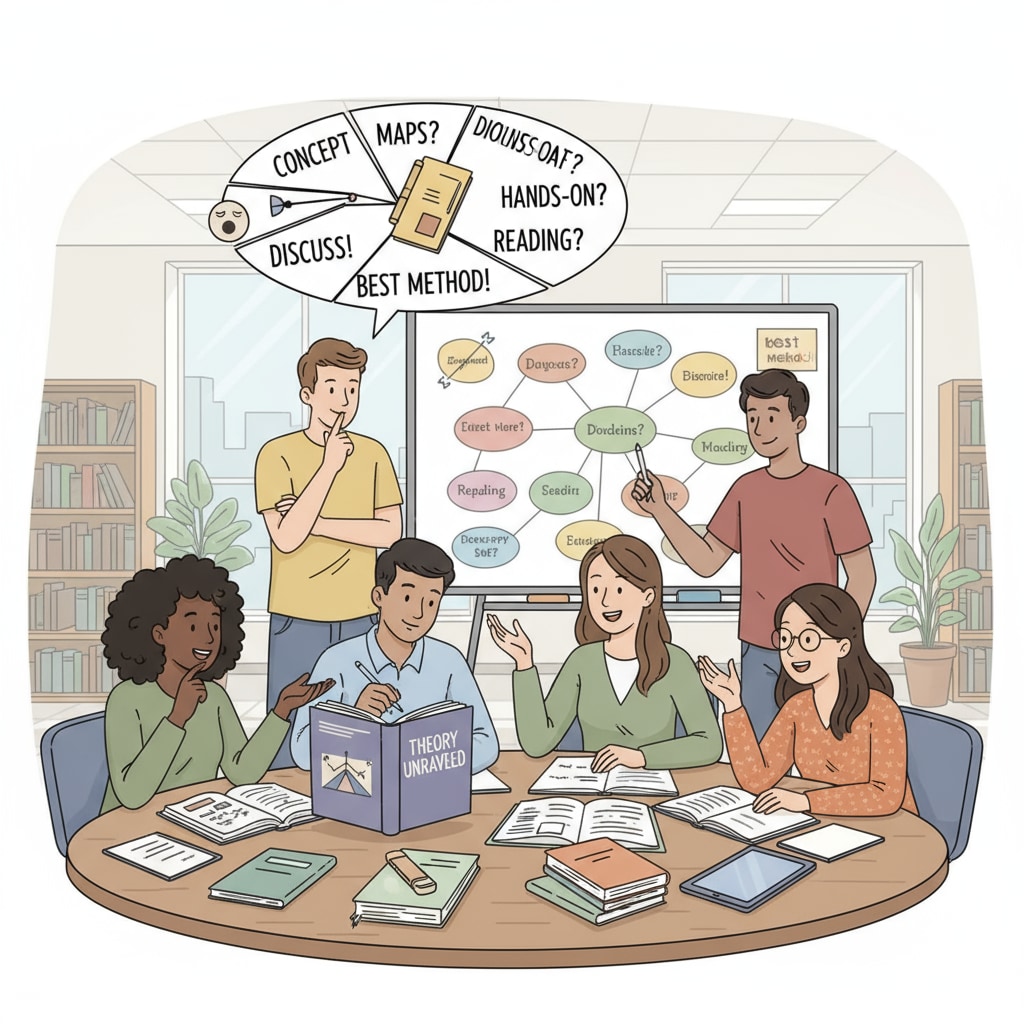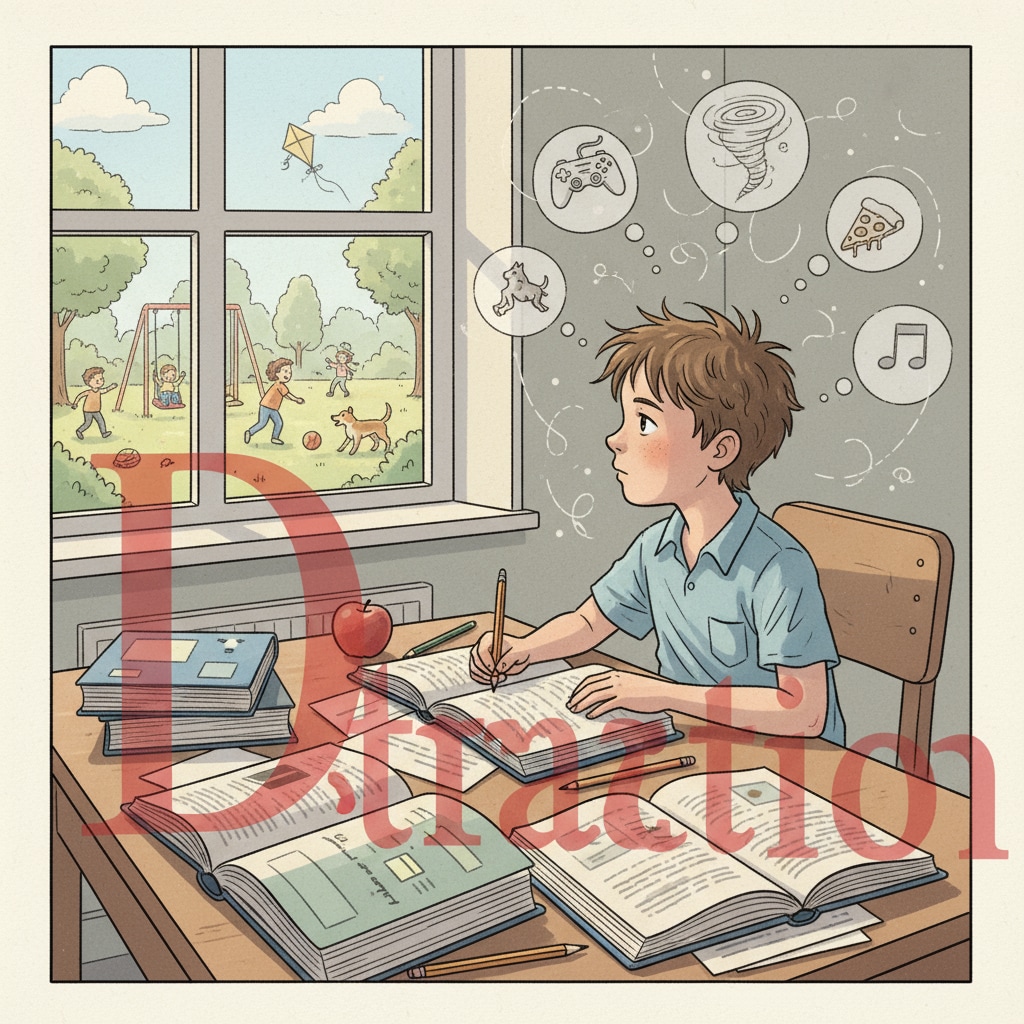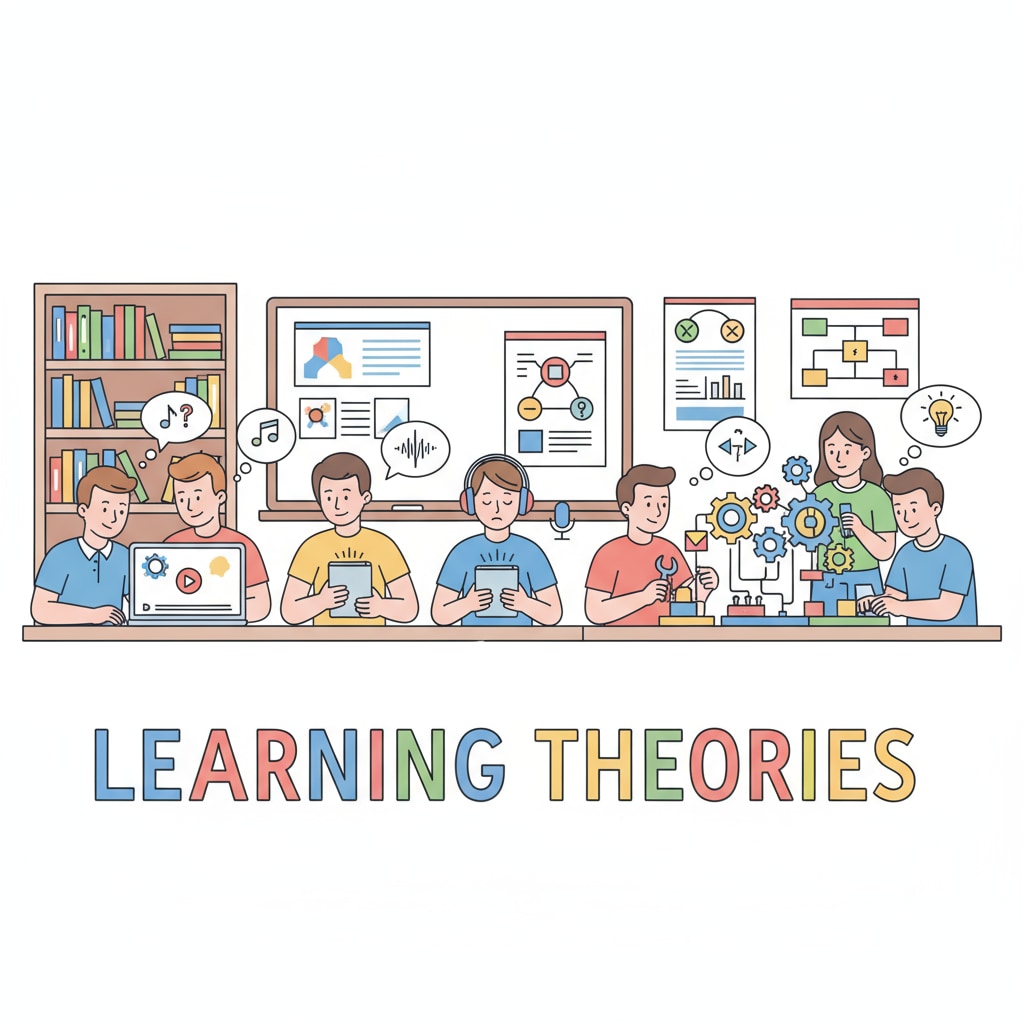Theory learning, attention deficit, hands-on learning, and learning efficiency are crucial aspects for many students. For those with attention deficit issues or who are hands-on learners, traditional theory learning methods may not be as effective. However, with the right strategies, they can still excel in theory subjects.

Understanding the Challenges
Attention deficit learners often struggle to stay focused during long study sessions of theory subjects. Their minds may wander, making it difficult to absorb and retain information. Hands-on learners, on the other hand, prefer practical activities and may find it hard to engage with abstract theoretical concepts. As a result, they may face lower learning efficiency in theory courses. For example, when studying history, an attention deficit learner might have trouble concentrating on long narratives, and a hands-on learner may find it boring without any practical demonstrations. Learn more about attention deficit disorder on Psychology Today

Learning Backwards from Exam Questions
One effective strategy is to learn backwards from exam questions. By analyzing past exam papers, learners can identify the key concepts and topics that are frequently tested. This way, they can focus their study efforts on these areas. For instance, if in a math theory exam, a certain type of problem-solving question appears often, learners can study the relevant theories and practice solving similar problems. This not only helps in understanding the practical application of theories but also improves learning efficiency. Get more exam study tips on Education.com
Fragmented Learning and Multi-Sensory Engagement
Fragmented learning is beneficial for attention deficit learners. Instead of long study sessions, break the learning material into smaller chunks and study them at different times. This makes it easier to maintain focus. Additionally, multi-sensory engagement can greatly enhance the learning experience for hands-on learners. Use visual aids like diagrams and videos, auditory resources such as podcasts, and even kinesthetic activities if possible. For example, when learning about the solar system, watch educational videos, listen to podcasts about space, and build a simple model of the solar system with physical materials.

In conclusion, by understanding their unique challenges and applying these effective strategies, attention deficit and hands-on learners can overcome the difficulties in theory learning and improve their learning efficiency. With the right approach, they can build confidence and achieve better results in theory subjects.
Readability guidance: Use short paragraphs and lists to summarize key points. Provide a list under each H2 if possible. Control the proportion of passive voice and long sentences. Add transitional words (however/therefore/in addition/for example/as a result etc.) throughout the text.


